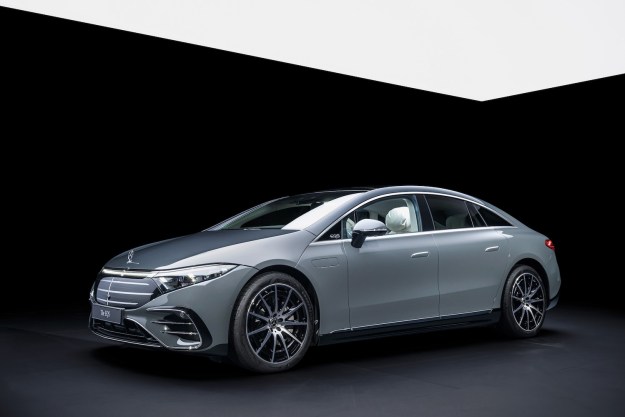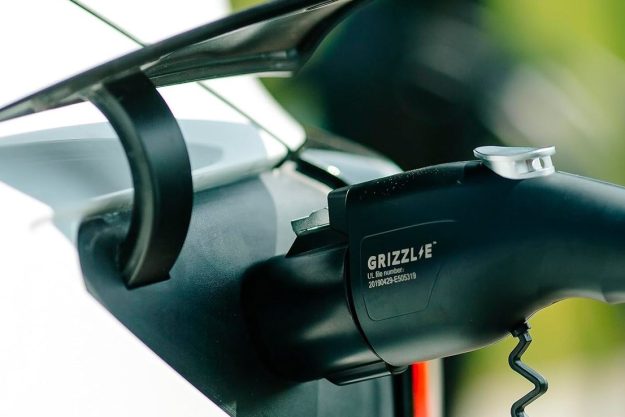When the Toyota FT-1 concept was unveiled at the Detroit Auto Show back in January it, to say the least, made quite an impression. Toyota apparently had enough sense to milk it.
The Japanese carmaker unveiled two new versions of the sports car concept at an event conceding with the 2014 Pebble Beach Concours d’Elegance. The FT-1 is widely believed to preview the next Toyota Supra, and the existence of these follow-ups indicates Toyota has big plans for it.
The first is the FT-1 Vision Gran Turismo, Toyota’s contribution to the series of virtual concept cars celebrating the racing-game franchise’s 15th anniversary.
For its digital makeover, Toyota turned the FT-1 into a race car. The lowered stance, big rear spoiler, and copious louvers indicate serious performance, but Toyota didn’t have anything specific to say about the mechanical bits.
The Vision Gran Turismo hints at what a racing version of the next Supra could look like and, as with the other “Vision” cars, it will be available as downloadable content in Gran Turismo 6. So will the other two FT-1 concepts, actually.
RELATED: Toyota renews Supra trademark, revives fanboy fantasies
The second new FT-1 iteration takes things in the opposite direction. The graphite-colored car is an “upscale interpretation,” according to Toyota.
The interior color changes as well. The seats and other surfaces are now covered in tan leather. The look was apparently inspired by the transition superhero costumes have made from bright colors to more muted, realistic hues.
Together, the exterior and interior show a color combination that people are likely to buy, but that would be too subtle to be used in advertising or press materials for a production car. Not every sports-car buyer goes for bright red, after all.
As such, the second FT-1 concept strips away some of the concept-car showiness of its predecessor, and gives a better hint at what the production road car will look like.
Speaking of which, when will we see it? Given the steady volume of Supra reports and rumors, it can’t be far off. Toyota is reportedly working with BMW to develop a sports-car platform, which will also serve as the basis for the next Z4.


